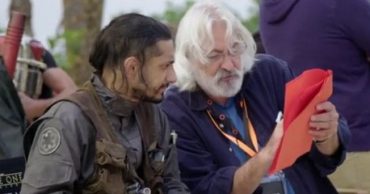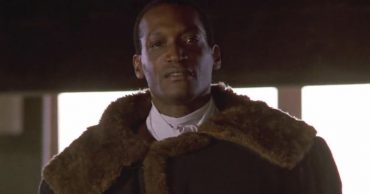Apocalypse Now has undeniably earned its status as a legendary film through its unparalleled plot, star-studded cast, and tumultuous journey to success. The film tells the harrowing tale of Captain Willard’s (Martin Sheen) mission to assassinate the enigmatic Colonel Kurtz (Marlon Brando) during the Vietnam War. As he embarks on this dangerous journey up the Nung River, Willard encounters the horrors of war and witnesses the unraveling of the human psyche.
This cinematic masterpiece boasts a cast of legendary actors, including Robert Duvall, Laurence Fishburne, and Dennis Hopper, who each deliver breathtaking performances. Despite its initial plan to shoot in six weeks, the production of Apocalypse Now faced countless challenges, including typhoons, near deaths, sets being destroyed, and a run in with the law. As a result, the film took an astounding 16 months to complete, pushing the boundaries of both time and sanity. Despite these hardships, Apocalypse Now has left an indelible mark in cinema history. So, let’s take a look into the true story behind this iconic movie from Francis Ford Coppola.
George Lucas Nearly Directed Apocalypse Now
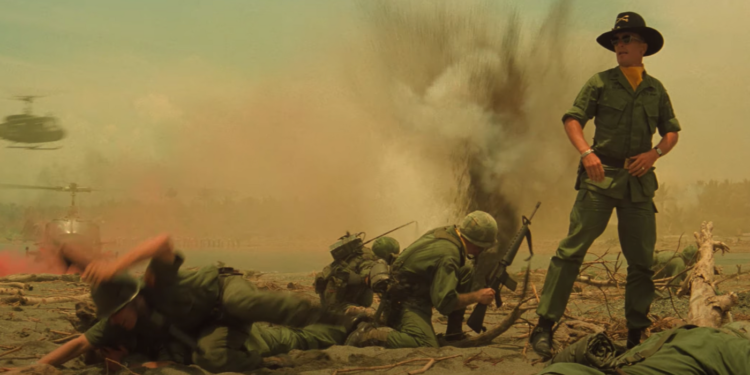
The concept for Apocalypse Now came to inception in 1967. While working as Francis Ford Coppola’s assistant on the movie, The Rain People, John Milius tried to enlist in the Vietnam war. However, he was rejected due to his asthma. When discussing his plight with George Lucas and Steven Spielberg, they encouraged him to write a movie about the Vietnam war instead. So, Milius used the book Heart of Darkness as a blueprint for his screenplay. To that, he went on to pen an astonishing ten drafts of the movie.
In 1969, Warner Bros. bought the rights to Apocalypse Now and Milius asked George Lucas to board as the movie’s director. Lucas agreed and spent four years working on the material with Milius in between other projects. However, Lucas’ career took off and he became an overnight sensation after directing American Graffiti and Star Wars. So, after years in development, Francis Ford Coppola bought the rights to the movie and United Artists came on board to distribute the movie.
Harvey Keitel Was Fired from Apocalypse Now
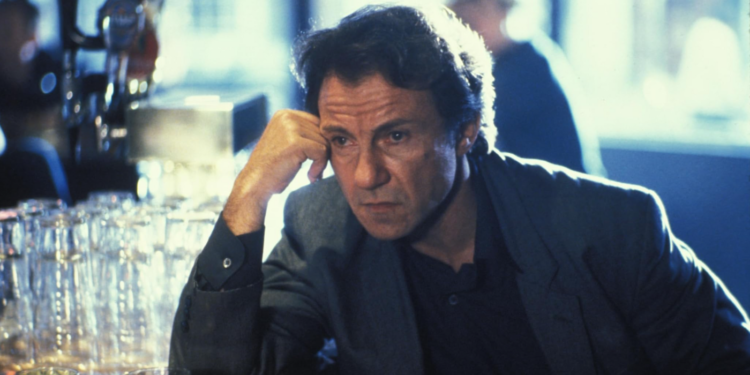
It is difficult to imagine anyone but Martin Sheen in the lead role of Apocalypse Now. His immersive performance is still etched into cinema history and his command on screen boosted the movie to massive success. However, Sheen was not the first choice for the character of Captain Willard. Reportedly, the role was offered to the likes of Jack Nicholson, Clint Eastwood, and Al Pacino. Yet, due to the movie being shot in the Philippines, all of these Hollywood titans rejected the role. To that, Harvey Keitel was initially cast as the character.
Coppola cast Keitel after being wowed by his performance in Mean Streets. Keitel shot with Coppola for six weeks, however, he was let go after Coppola felt his performance was not meeting his vision for the movie. However, according to the film’s editor, Walter Murch, there is one shot in Apocalypse Now where Keitel can be seen sitting down with his rifle. This shot remained in the film as it was a huge, expensive shot and production could not afford to reshoot it.
Martin Sheen Nearly Died Filming Apocalypse Now
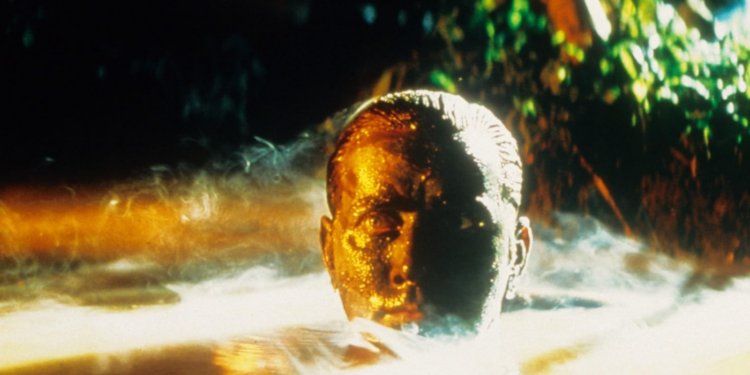
During the filming of Apocalypse Now, the production encountered numerous ups and downs. However, the most significant setback occurred when Martin Sheen suffered a heart attack on set. This incident brought production to a halt as Sheen was airlifted to a nearby hospital and his life hung in the balance. The situation was so dire that a priest was even called in to administer last rites. Thankfully, Sheen made a miraculous recovery. According to Variety, in an effort to downplay the severity of the situation, Sheen initially described his illness as heat stroke. This was done to prevent unnecessary worry and interference from UA executives and insurance companies. However, Sheen later confessed that his heart attack had been caused by the immense stress associated with the film’s demanding production.
The Disturbing Reason Apocalypse Now Faced Legal Troubles
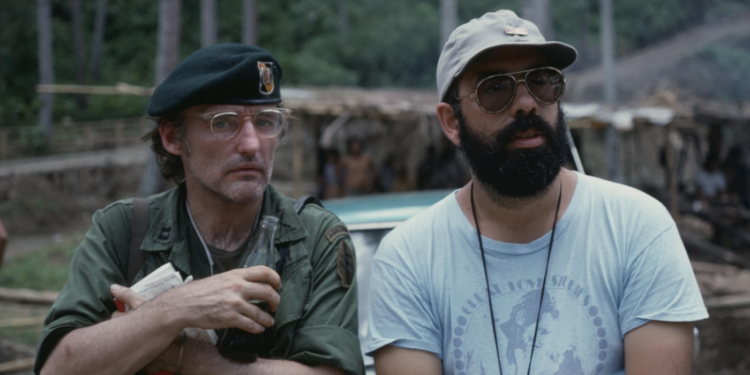
The production of Apocalypse Now faced severe legal trouble when it came to light that real dead bodies had been used during filming. These corpses had been procured by a local grave robber and brought onto the movie set. News of this shocking revelation spread quickly, prompting the local authorities to intervene. The police arrived at the set and confiscated the passports of the entire cast and crew, subjecting them to extensive interviews and investigations. In response to this legal debacle, the scenes featuring real corpses had to be reshot entirely. In an effort to maintain the authenticity of the film, hundreds of extras were brought in to portray the cadavers, ensuring that the project could proceed within the boundaries of the law. No prosections were made.
The Story Behind The Doors’ Involvement with Apocalypse Now
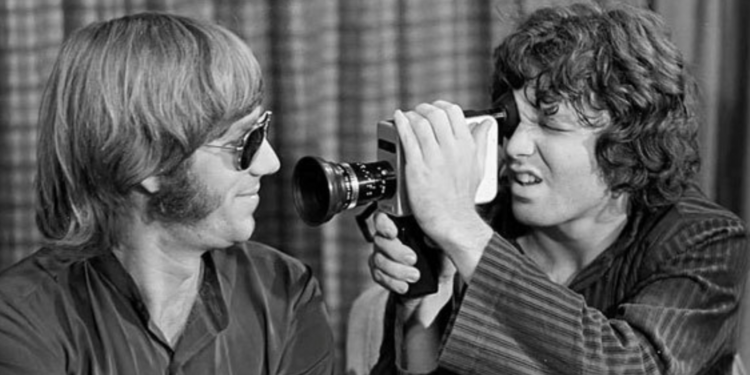
Jim Morrison and Francis Ford Coppola formed a unique bond during their time at UCLA Film School, forging a friendship that lasted until Jim’s untimely passing. This association would eventually have a significant impact on Apocalypse Now. Initially, the original cut of the film featured an exclusive selection of The Doors‘ music, courtesy of the band’s generous contribution of their master recordings. However, while Coppola ultimately decided to compose his own music for the final version of the film, the unforgettable track “The End” by The Doors retained its rightful place in the movie’s gripping and haunting opening sequence.
Unveiling ‘Apocalypse Now Redux: The Extended Cut’
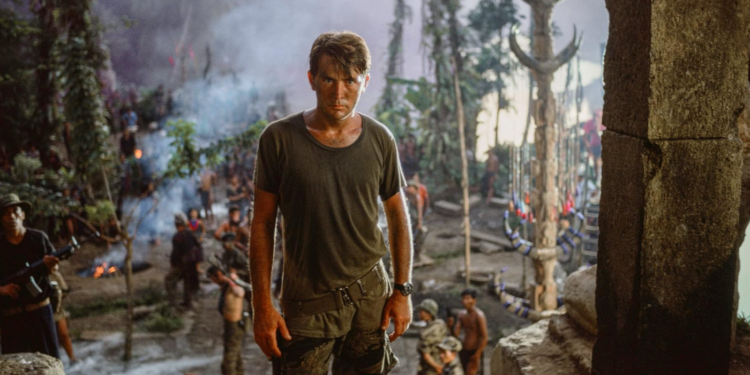
Apocalypse Now was originally a staggering five hours in length. However, in order to adhere to conventional film lengths and improve pacing, Francis Ford Coppola made the decision to trim the epic opus down to a more manageable 2 hours and 27 minutes. This monumental condensing resulted in a film that seamlessly weaved the chaotic Vietnam War narrative with introspective exploration of human nature. Then, in 2001, Apocalypse Now Redux emerged, offering viewers an opportunity to delve deeper into the film’s labyrinthine depths. With nearly 50 additional minutes of footage, this extended version not only introduced extended scenes that enriched the character development and atmosphere, but also unveiled entirely new sequences that had remained unseen before. Furthermore, it further showcased the fact that even after two decades, Apocalypse Now was still Coppola’s passion project.
 Follow Us
Follow Us

